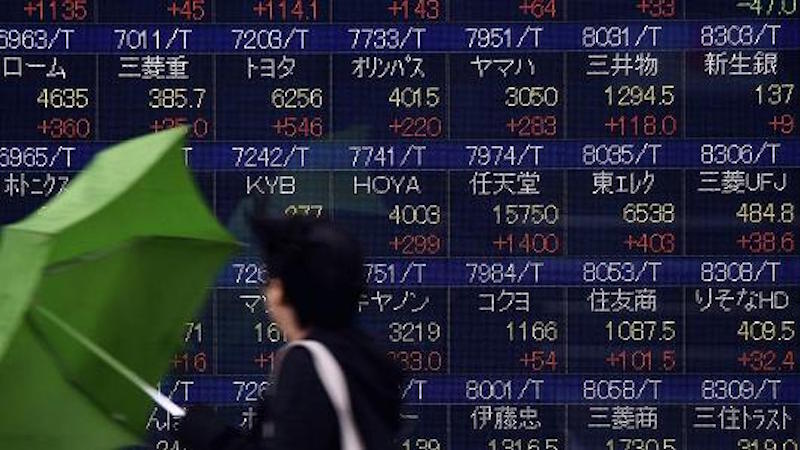Cairo – International Monetary Fund (IMF) urged South Korea to use fiscal policy to support its economy in the face multi structural constraints like the rapidly ageing population, reliance on exports and lagging productivity.
The new policy aims to increase social expenditure over the medium term which could help reduce poverty and inequality and aid re-balancing by bolstering consumption and raising productivity.
IMF issued a statement following its annual assessment of South Korea’s economy.
IMF also predicted that the export-driven and fourth largest economy in Asia economy will grow 2.7 percent this year and 3.0 percent in 2017.
South Korea will increase its 2017 budget to $362 billion for the first time, with the government seeking to increase job opportunities and deal with low birth rate.
South Korean Ministry of Strategy and Finance expects expenditure to increase from 130 trillion Won in the coming year and the budget of defense will increase to 40 trillion won amid threats from North Korea.
IMF called on South Korea to contain risks from rising household debt by tightening macro-prudential standards across banks and non-banks.
National debt is excepted to overcome 40% of the gross domestic product for the first time due to the increase in expenditures of 39.3% this year.
IMF also urged South Korea to continue to allow a flexible exchange rate and limit intervention to addressing disorderly market conditions.
During the past few years, the South Korean economy was slow and the average growth rate decreased from 9.8% in the 80’s to 2.7% during the last five years.
Major South Korean corporation resorted such as Samsung and Hyundai to low-cost areas like South Asia and Eastern Europe for new foreign investments.
Between 1995 and 2010, about 17% of South Korea’s major corporations shifted its production to factories outside the country. Thus, labor decreased 2% rate in these companies.
According to the World Economic Forum, international competitiveness decreased in South Korea to 26 in 2015, after it were 11 in 2007 among the 140 states included in the statistics.
